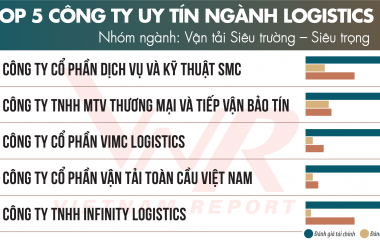After Shenzhen to Shanghai, the epidemic broke out - The fear of seaport congestion increased
On March 21, when Shenzhen had just been lifted from the embargo by the Chinese government, it was Shanghai's turn to receive orders to work from home, schools closed.
 Thượng Hải bùng dịch Covid-19 (Nguồn ảnh: Báo Người Lao Động)
Thượng Hải bùng dịch Covid-19 (Nguồn ảnh: Báo Người Lao Động)
Logistics services in Shanghai are encouraging customers to use online services, the number of employees working in offices is limited.
Warehouses in Shanghai continue to operate, but delivery drivers are subject to more stringent checks and controls. Drivers are required to present a health number upon delivery. In addition, drivers from medium to high risk areas need to present a negative nucleic acid test result within 48 hours and drivers from a non-risk area need to present results. negative nucleic acid test issued March 16-20 for delivery March 21-27.
 After Shenzhen to Shanghai, the epidemic broke out - The fear of seaport congestion increased
After Shenzhen to Shanghai, the epidemic broke out - The fear of seaport congestion increased
Road transport is still offered at China's main ports and neighboring cities, provided that the driver has a negative nucleic acid test result requested by the local government. Besides, depending on the epidemic situation, the road traffic situation may change at any time.
“What we see from the closure in Shenzhen is a drop in export volumes while ports remain open and this has not resulted in an increase in port congestion,” said Linerlytica analyst Tan Hua Joo. initial. Congestion only increases when exports increase or when imports are affected by congestion and lower port capacity.”
The situation in Shanghai will continue to change and fluctuate depending on the epidemic control situation of the Chinese government. Readers, please join PPL to continue updating international logistics information in general and Vietnamese logistics in particular.
Related Posts
New Posts
- Top 10 & Top 5 Reputable Logistics Companies in 2025
- NOTICE OF NATIONAL DAY HOLIDAY – SEPTEMBER 2ND PROUD TO BE VIETNAMESE
- PPL successfully performs site-move and load-out of record-breaking 4,000-ton offshore substation topside fabricated by PV Shipyard
- HOLIDAY ANNOUNCEMENT: REUNIFICATION DAY & INTERNATIONAL LABOR DAY (April 30 - May 1, 2025)
- ANNOUNCEMENT OF HUNG KINGS’ COMMEMORATION DAY 2025
- PTSC Thanh Hoa and PPL Sign Strategic Partnership


_cr_380x240.jpg)


_cr_380x240.png)

Comments